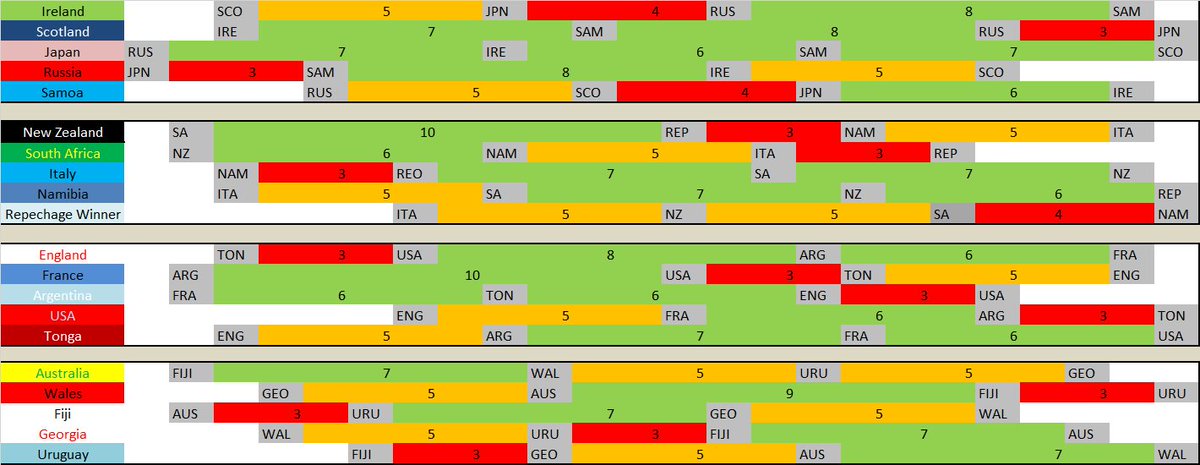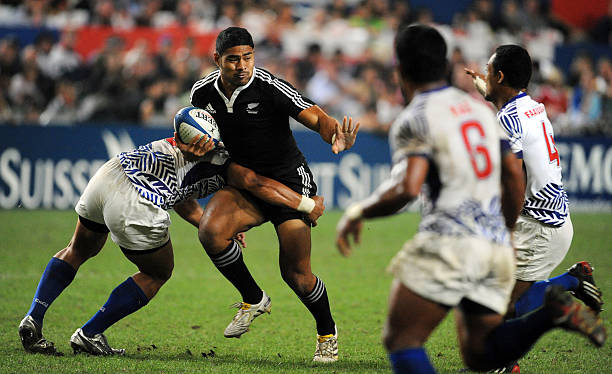A look at some of the top players who could have represented Tier 2 nations at RWC 2019 but for a variety of different reasons were not named in the final 31 man squads.
 1. Zurab Zhvania (Georgia)
1. Zurab Zhvania (Georgia)
Reason? Seemed a likely selection as a second/third choice loosehead who could also cover as third choice hooker, but had a fall out with coach Milton Haig who uncharacteristically visibly annoyed at a press conference stated "he just wasn't fit enough" and being in a position of such huge depth in Georgia meant he was deemed dispensable.
Another chance? A late injury withdrawal in 2015, now out for 2019, Zhvania risks being remembered as one of the best players never to play in a RWC. Only 27 so certainly not too old, but Georgia are producing so many prospects at prop it will be tough to make it in 2023.
Other notable absentees:
Loni Uhila (Tonga) a 30 year old uncapped player reported to be a target for Tonga having left Super Rugby but appears to have chosen to remain at his club instead.
Karlen Asieshvili (Georgia) an unlucky late cut who would walk into any other Tier 2 side but missed out following an injury limited season and the rapid rise of Guram Gogichashvili.
Alex Hodgman (Fiji) could have been a possible starter for Fiji at this RWC but neither he or another loosehead target George Bower were available due to NZ Super Rugby contract restrictions.
 2. Elia Elia (Samoa)
2. Elia Elia (Samoa)
Reason? A young player (who would have been the youngest in Samoa's squad in fact) set for his first RWC, he picked up a hamstring injury in the PNC which ruled him out the tournament.
Another chance? With just two caps over the past two years (neither of them starts), his senior international career cannot be said to have taken off yet as may have been hoped, but still has plenty of time left in his career and could reach at least two more RWCs.
Other notable absentees:
Samisoni Taukei'aho (Tonga) a homegrown Tongan player but again was unavailable (even as the Ikale Tahi had a reported crisis at hooker) in order to keep New Zealand eligibility in Super Rugby.
Badri Alkhazashvili (Georgia) a former U20 captain who led them to the promotion in 2015 and was one Georgia's best young prospects but his senior career hampered by persistent injuries.
 3. Lasha Tabidze (Georgia)
3. Lasha Tabidze (Georgia)
Another chance? The competition on both sides of the scrum in Georgia is fierce, and all the 2019 squad tightheads should still be around in 2023, plus new prospects like Kharaishvili. So it will not be easy, but Tabidze will be closer to his peak in four years and still has plenty of time to make a RWC.
Other notable absentees:
Mario Sagario (Uruguay) the veteran first choice tighthead for Los Teros retired in May due to off field business commitments which was a big loss for the Uruguayans.
Davit Kubriashvili (Georgia) an old fashioned scrummaging specialist tighthead he missed out to younger, more mobile options and announced his retirement after missing the squad.
Dave Ryan (USA) has no longer been on eligibility dependant contracts for four years now but still never been recalled to a USA squad despite having a lot more experience at a top level than Paul Mullen.
 4. Grant Hattingh (Japan)
4. Grant Hattingh (Japan)
Reason? Qualified on residency and would have been sure starter Japan at this RWC adding significant height to the second row as their first ever 2 metre plus tall player. However a groin injury suffered in May and a faltering rehabilitation process ruled him out.
Another chance? At 28 Hattingh can certainly still make another RWC, from his quotes it seems he has the desire to do so, and could be a very valuable addition in a weak position for Japan in the 4 year cycle after this tournament.
Other notable absentees:
Samu Manoa (USA) had a very unhappy injury hit time in Cardiff which saw him depart early, returned 6 months later in MLR clearly lacking match fitness, and soon retired from international rugby.
Anton Bresler (Namibia) no longer a Scottish project player since joining Worcester, but still not representing country of his birth who he could have played for at three RWCs at this point.
Brian Alainu'uese (Samoa) the colossal 2.02m 135kg lock still has never got a call up at senior international level but is currently out with a back injury in any case.

5. Rodrigo Capó Ortega (Uruguay)
Reason? He has been an incredibly durable player but 2018/19 turned out to be the most injury hit of his near 400 match 17 season pro career and he was ruled out for 9 months with surgery on a herniated disc last December. He might have possibly made it just back in time for the RWC, but unable to take part in Uruguay's preparation he decided to withdraw.
Another chance? At 38 this was planned to be the farewell in Uruguayan colours for Capó, who will finish his career as a Uruguay great but also one with a mixed relationship with the national team.
Other notable absentees:
Joe Tekori (Samoa) a veteran coming off a successful season with Toulouse, but since the last RWC played sparingly at international level and retired from international rugby before the tournament.
Michael Fatialofa (Samoa) no longer in New Zealand, but like his second row colleague Bresler, has still seemingly not become available since joining Worcester.
Sergei Sergueev (Russia) one of Russia's only three professional players in Western Europe he quite simply has never wanted an international career with all his 5 only caps coming back in 2010.
 6. Jordan Taufua (Samoa)
6. Jordan Taufua (Samoa)
Reason? A player who has been on cusp of the All Blacks but who remains uncapped, it seemed when that cap didn't come and a move to Leicester was announced it might open up his availability for Samoa, unfortunately for them though this was not the case.
Another chance? It still is possible Taufua could have a good 5-6 year career for Samoa if he wants, although if he does want that then it's not clear why he would not start by appearing at this RWC.
Other notable absentees:
Renaldo Bothma (Namibia) retired from international rugby on the eve of the final squad being announced, but coach Phil Davies revealed he was simply dropped, with rumours of some falling out.
 7. Giorgi Tsutskiridze (Georgia)
7. Giorgi Tsutskiridze (Georgia)
Reason? A revelation of these past 12 months for Georgia, but unfortunately suffered a broken ankle in the first few minutes of the first warm up match vs Southern Kings and now is out long term. Even with Gorgodze rejoining the team, this is still a big blow for Georgia and it is very disappointing not to see Tsutskiridze make his mark as part of the 2016 U20 back row trio on the world stage at this RWC.
Another chance? At only 22 he can certainly come again more than once. This is another position Georgia has quite a few young players coming through, so there will be competition, but if he recovers from injury with his pace intact Tsutskiridze adds an extra dimension to some of the others.
Other notable absentees:
Vito Kolelishvili (Georgia) a mainstay of the Lelos who would have reached a third RWC but after suffering repeated heavy concussions not played since October and now taken a sabbatical to recover.
Colby Fainga'a (Tonga) players' player of the season in his first year at Connacht and with 100 Super Rugby caps may have been a good addition for Tonga but possibly now a "project player" in Ireland.
 8. Rahboni Warren-Vosayaco (Japan)
8. Rahboni Warren-Vosayaco (Japan)
Reason? One of the most dynamic players for the Sunwolves this year, he looked like he could have added to an already impressive list of back rowers for Japan. He was named in the RWC training squad, but then it turned out he fell just short of residency qualifying criteria.
Another chance? If he stays in Japan he could certainly become an international and will be close to his prime in 2023. However there is significant back row competition with other young players like Shota Fukui, Tevita Tatafu, Ben Gunter and the current squad members in contention. Also eligible for Fiji if both parties were interested.
Other notable absentees:
Tevita Tatafu (Japan) starred for Junior Japan with some big performances in the Pacific Challenge, but Jamie Joseph was not considering University players so simply never got a chance ahead of his RWC.
So'oatala Fa'aso'o (Samoa) had a big season for Brive helping them to promotion to the Top 14 but still was ignored by the selectors and yet to make his senior international debut.
Sione Vailanu (Tonga) was overlooked despite a big ball carrying performance in the final game of the PNC against Canada.
Anton Rudoy (Russia) one of the top players for the Bears this RWC cycle and scored a hat trick in a big win vs Canada in his last test in June 2018 but then suddenly disappeared from the international scene.
 9. Folau Fakatava (Tonga)
9. Folau Fakatava (Tonga)
Reason? A homegrown Tongan prospect, who even represented them in touch rugby as a 15 year old at the 2015 Pacific Games, however he is not available for his home country at least not at this stage of his career so not to lose eligibility for New Zealand. Unfortunately his absence didn't come as any surprise whatsoever.
Another chance? He is just 19 so will certainly get another chance, with the All Blacks obviously getting the first pick, and possibly Tonga if he falls short of that and moves to a pro club Europe.
Other notable absentees:
Will Percillier (Canada) scored some brilliant tries at U20 who made his debut in the ARC earlier this year but somewhat surprisingly never got an opportunity in the PNC.
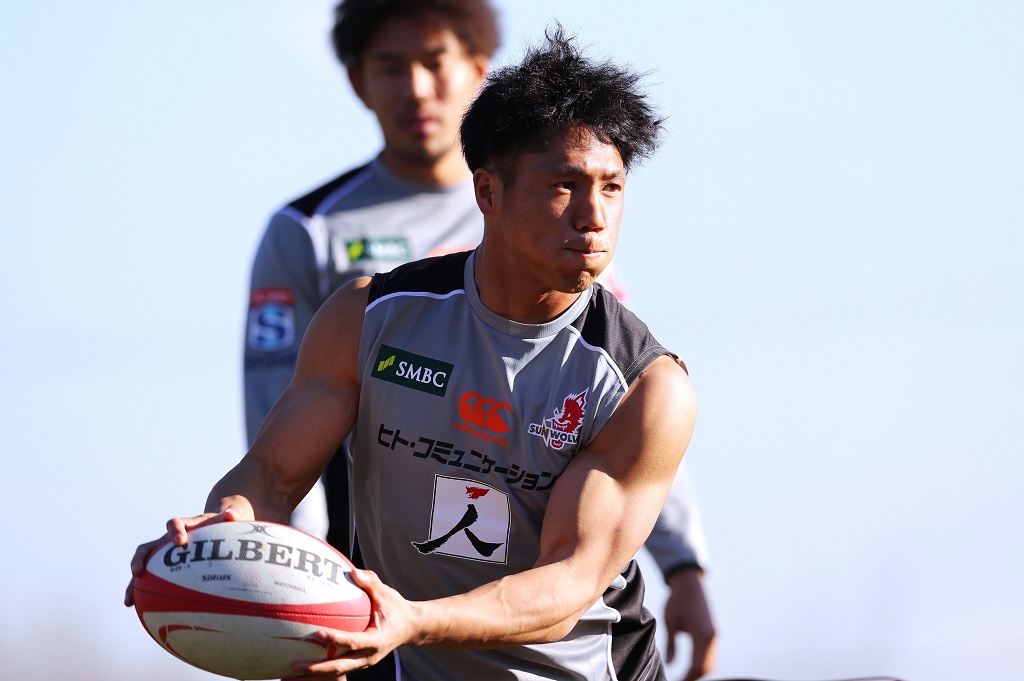
10. Takuya Yamasawa (Japan)
Reason? A hugely exciting playmaking fly half, well suited to Japan's style of play, who is a star in the Top League offering a lot more threat with ball in hand than Yu Tamura. He was noted by Eddie Jones on departure as the young player who could breakthrough for RWC 2019, however strangely simply never been given a chance by Jamie Joseph who has cited his lack of experience as a reason (although this hasn't stopped him selecting a pair of converted 8s as props despite only playing in the position for a couple of years).
Another chance? Certainly at just 24 he can come again for two more RWCs and still the most likely eventual successor for Tamura. However it feels a wasted past year where he could have gained some experience with the Sunwolves and as part of Japan squads even if not ready to be first choice at a RWC.
Other notable absentees:
Peceli Nacebe (Fiji) was emerging on the selection radar, but had an ill fated year in France where he was moved to wing, whilst Alivereti Veitokani took his Fijian Drua place and thrived to surpass him.
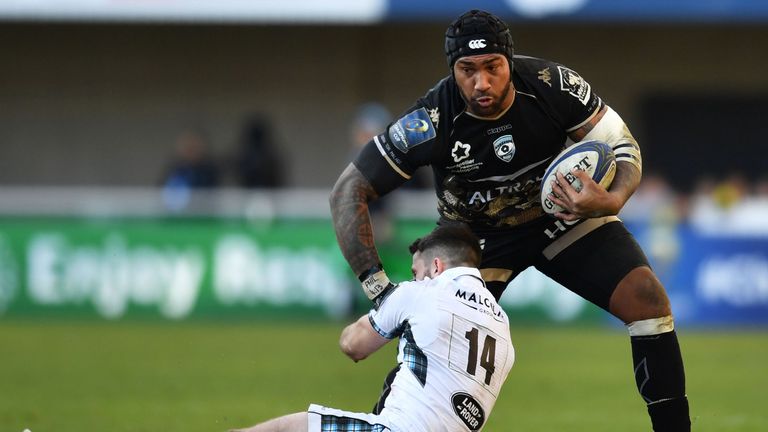 11. Nemani Nadolo (Fiji)
11. Nemani Nadolo (Fiji)
Reason? Announced his international retirement following an injury disrupted season saying he was feeling the wear and tear on his body. He is currently out injured again after requiring knee surgery.
Another chance? This would have been a last RWC for Nadolo, it's a shame as last time his only RWC had the regret of missing a key match whilst on great form as WR at the time went super strict on "neck rolls". Although Fiji have depth to cope with absences at wing more than any other position losing a player with such a strong strike rate is still a blow.
Other notable absentees:
Hosea Saumaki (Tonga) no secret of interest from Japan, but he is not eligible due to 7s caps, and doesn't seem to be going through Olympics loophole, but still not featured in the Tongan squad.
Monty Ioane (Samoa) players' player of the season nominee in the Pro14 for his form with Benetton but not called up by either Samoa or Fiji (who he is both eligible for) and a possible project player for Italy.
Tevita Li (Tonga) the record try scorer in the U20 Championship for New Zealand, but at senior level never entered All Black plans, but still not available for Tonga even though he has now moved to Japan.
 12. Michael Little (Fiji)
12. Michael Little (Fiji)
Reason? Had an impressive first season of Super Rugby in 2018 with the Sunwolves, which apparently led to some discussions with John McKee, however his 2019 season got cut short to just 5 games due to concussion leaving him with no opportunity to make the squad.
Another chance? He could possibly have one more opportunity to play a RWC in 2023, but there is plenty of competition from both current players and upcoming youngsters like Vilimoni Botitu, and might be helped if he were to move to a club in Europe where most of the Fijian squad is based, or at least a better Japanese club.
Other notable absentees:
Harumichi Tatekawa (Japan) one of the best players of the Eddie Jones era he was a leader for Japan in the first couple years under Jamie Joseph but got axed in 2018.
Willis Halaholo (Tonga) a former Tonga U20 but now waiting as a "project player" to be eligible for Wales who he qualifies for on residency soon after the RWC.
13. Yusuke Kajimura (Japan)
Reason? Another prospect in Japan who had his early career delayed by University rugby. He finally got into the Top League and had an excellent first season where displaced current Japan incumbent Ryoto Nakamura as first choice at Suntory Sungoliath, but a lack of versatility and experience likely cost him a RWC spot.
Another chance? Similar to Yamasawa, he should be a player who could arrive as an important player for the Japan team over the next 4 year cycle and for RWC 2023.
Other notable absentees:
Tumua Manu (Samoa) one of the few homegrown Samoan players currently in Super Rugby he became first choice starter at the Chiefs but again remaining New Zealand eligible took him out of contention.
Joaquín Prada (Uruguay) offered valuable experience and started every game of the successful ARC campaign earlier this year but withdrew as could not get time off from his doctor studies.
14. Sevu Reece (Fiji)

Reason? In May John McKee said Reece "would love to play for Fiji" but for NZ Super Rugby contract restrictions preventing him. However afterwards his form (14 tries in 11 games for Waikato in Mitre10 Cup, 15 tries in 14 games in Super Rugby for Crusaders) continued to be so spectacular he ended up being an All Blacks call up.
Another chance? An exception the title of this article, he is at the RWC just for the All Blacks not Fiji.
Other notable absentees:
Toni Pulu (Tonga or USA) eligible for two Tier 2 nations at this RWC, however spent his entire career in Super Rugby remaining uncapped to keep eligibility for the two Tier 1 nations he is also eligible for.
Akihito Yamada (Japan) still at 33 has a super try scoring rate in the Top League but omitted as Jamie Joseph said he wanted a bigger wingers to deal with aerial bombardments from Ireland and Scotland.
Eroni Sau (Fiji) part of the squad over this past year but got pushed out by Filipo Nakosi, at 29 and with Fiji producing tonnes of talented wingers this was likely his only chance at a RWC.
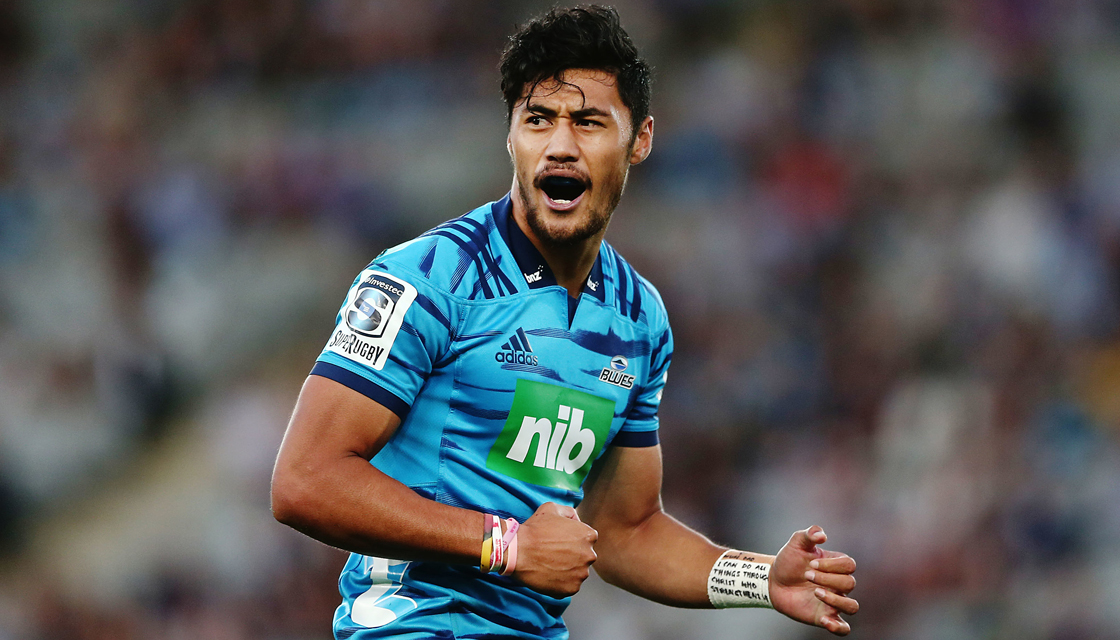 15. Melani Nanai (Samoa)
15. Melani Nanai (Samoa)
Reason? Much the same situation as with Taufua. Having left Super Rugby for a European club it seemed this could now possibly free Nanai to play for Samoa but this was not to be. He is a third uncapped player at Worcester eligible for a Tier 2 nation (fourth if you also add Callum Black who withdrew from a USA squad shortly after signing for them last year) who could have made this tournament but hasn't.
Another chance? Only just turned 26 so could play the entire next 4 year cycle for Samoa if he wants, but then if he did want to why wouldn't he start at a RWC?
Other notable absentees:
Seta Tuicuvu (Fiji) an ill timed injury last November robbed of a chance to make a strong case as a starter and got little opportunity in the PNC with Kini Murimurivalu the preferred 15.
Divan Rossouw (Namibia) the only homegrown Namibian player currently in Super Rugby and former U20 player for them but never been named in a senior squad (most likely to eligibility restrictions ...).
Chrysander Botha (Namibia) a regular for Namibia for years and on his way to a third RWC, but was another surprise exclusion of a senior player with the rumours of fall out inside the camp.

 Japan | Russia [
Japan | Russia [ Samoa | Russia [
Samoa | Russia [ Russia | Japan [
Russia | Japan [ Namibia | Italy [
Namibia | Italy [ Canada | Italy [
Canada | Italy [ USA | England [
USA | England [ Tonga | England [
Tonga | England [ Fiji | Australia [
Fiji | Australia [ Georgia | Wales [
Georgia | Wales [ Uruguay | Fiji [
Uruguay | Fiji [